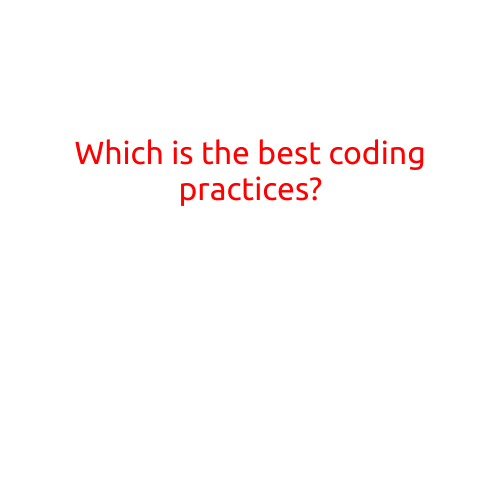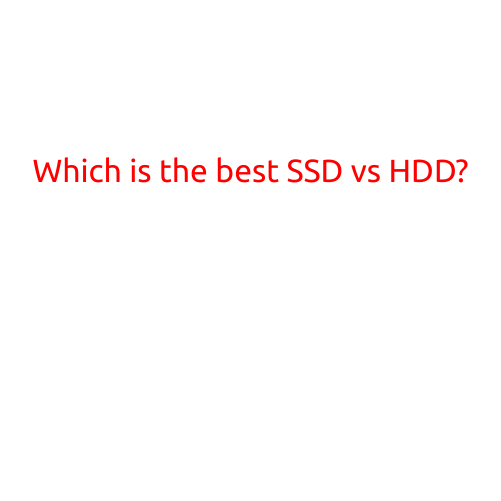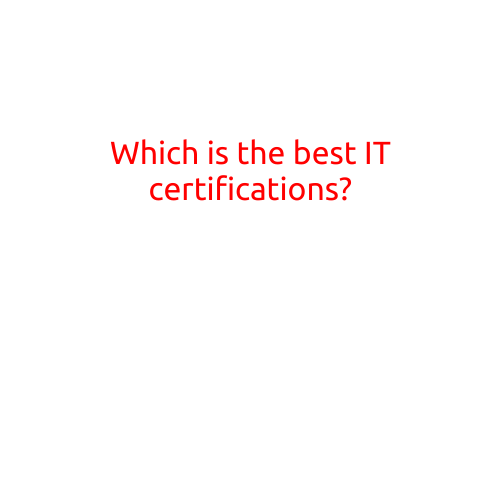
Which is the Best Coding Practice?: A Guide to Writing Clean and Effective Code
In the world of software development, coding practices are the foundation upon which successful projects are built. Effective coding practices can make all the difference between a smooth-running application and one that’s plagued by bugs and errors. In this article, we’ll explore the best coding practices that every developer should follow to write clean, efficient, and maintainable code.
1. Keep it Simple
One of the most important coding practices is to keep your code simple and intuitive. Avoid unnecessary complexity by breaking down large problems into smaller, manageable pieces. This will not only make your code easier to understand but also reduce the likelihood of bugs and errors.
Best Practice: Write code that is easy to read and understand. Use clear and concise variable names, and avoid overly complex logic.
2. Write Testable Code
Writing testable code is crucial for ensuring that your code works correctly and efficiently. This involves writing code that is modular and decoupled, making it easier to test individual components independently.
Best Practice: Write unit tests for your code and use a testing framework to automate the testing process.
3. Use Consistent Coding Conventions
Consistency is key when it comes to coding practices. Using consistent coding conventions across your project will make it easier for other developers to understand and maintain your code.
Best Practice: Use a consistent coding style and formatting throughout your project. This will make it easier to read and understand your code.
4. Use Comments and Documentation
Comments and documentation are essential for making your code easy to understand and maintain. Use comments to explain complex code snippets and provide context for your code.
Best Practice: Use clear and concise comments to explain your code. Avoid using comments as a substitute for good code organization and naming conventions.
5. Follow the Single Responsibility Principle (SRP)
The Single Responsibility Principle (SRP) is a best practice for writing maintainable code. It states that a class or module should have only one reason to change.
Best Practice: Use the SRP to design your code. Write classes and modules that have a single responsibility and are easy to test and maintain.
6. Use Clean Code
Clean code is code that is easy to read, maintain, and understand. It’s code that is free of unnecessary complexity and is written with the intention of making it easy for others to understand.
Best Practice: Write code that is clean and easy to read. Avoid using unnecessary variables and complex logic.
7. Keep Your Code DRY (Don’t Repeat Yourself)
The Don’t Repeat Yourself (DRY) principle is a best practice for avoiding duplicated code. It states that code should be written in such a way that it’s not repeated.
Best Practice: Avoid duplicating code by using functions and modules to abstract away complex logic.
8. Use Dependency Injection
Dependency Injection is a best practice for writing maintainable code. It involves decoupling your code from external dependencies and providing them as needed.
Best Practice: Use Dependency Injection to decouple your code from external dependencies and make it easier to test and maintain.
9. Follow the Open-Closed Principle
The Open-Closed Principle is a best practice for writing maintainable code. It states that a class or module should be open to extension but closed to modification.
Best Practice: Use the Open-Closed Principle to design your code. Write classes and modules that are open to extension but closed to modification.
10. Write Code that is Easy to Read
Finally, writing code that is easy to read is one of the most important coding practices. This involves using clear and concise variable names, commenting your code, and using consistent formatting.
Best Practice: Write code that is easy to read and understand. Use clear and concise variable names, and avoid using unnecessary complexity.
In conclusion, the best coding practices are those that make your code clean, efficient, and maintainable. By following these best practices, you’ll be able to write code that is easy to understand, test, and maintain. Remember, writing clean and effective code takes time and practice, so be patient and keep working at it.





